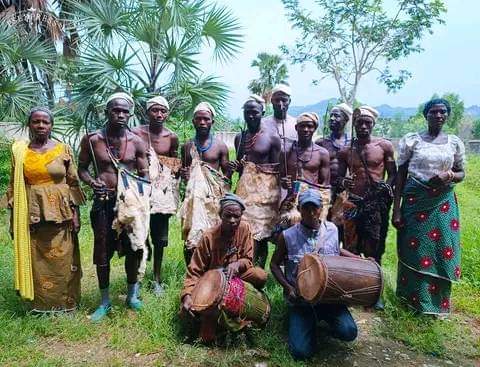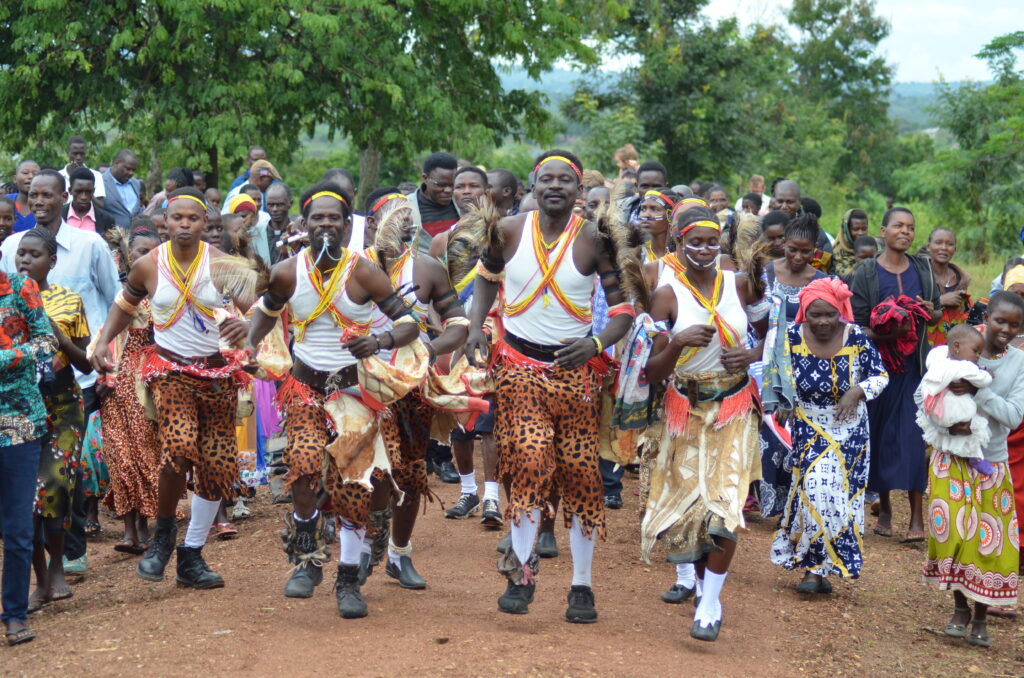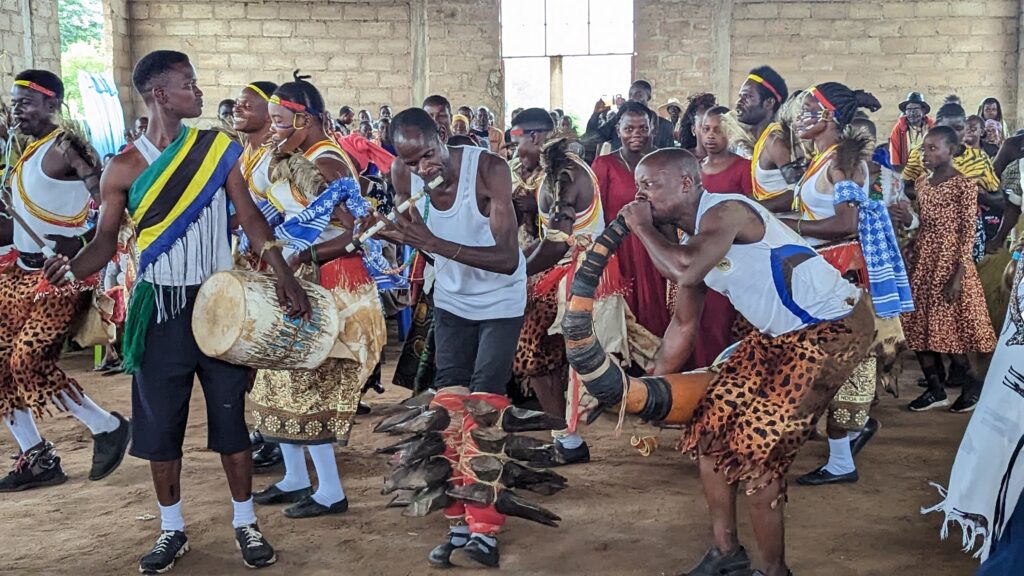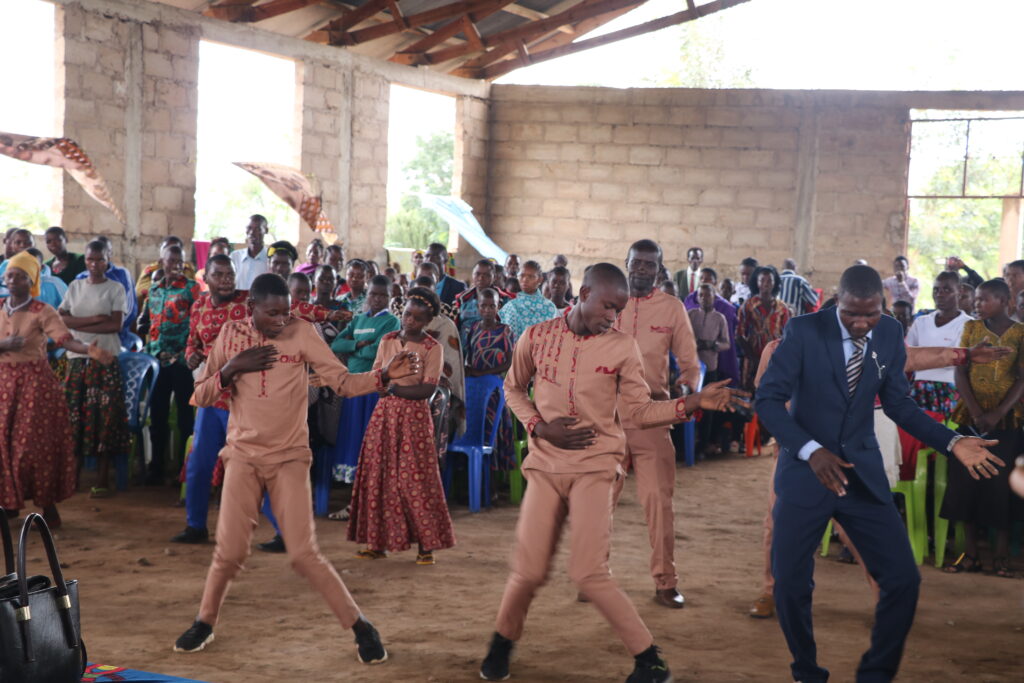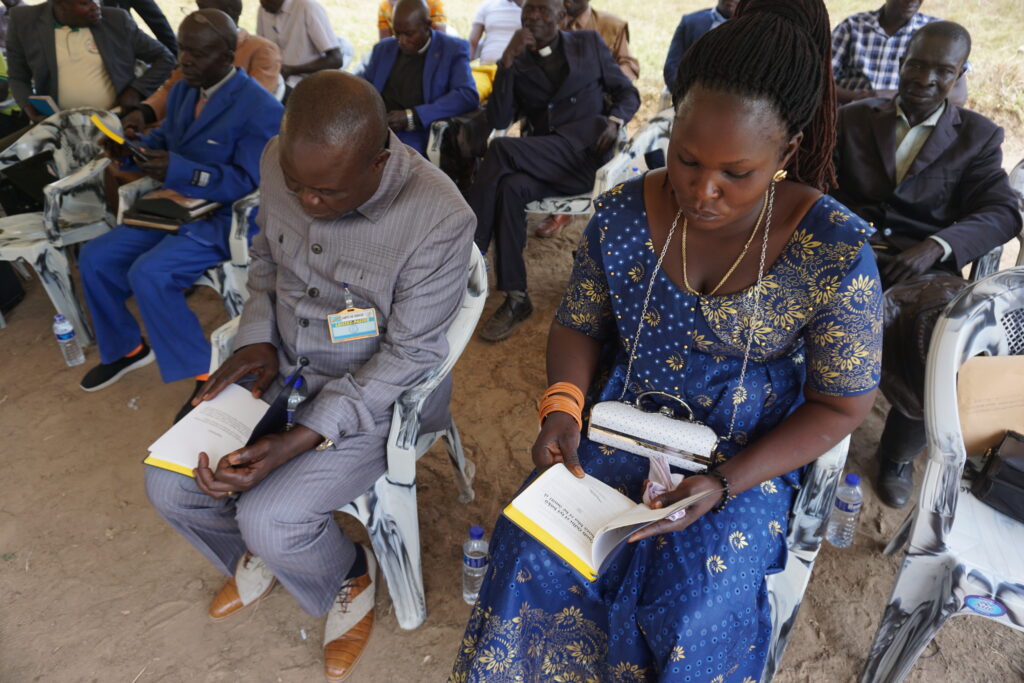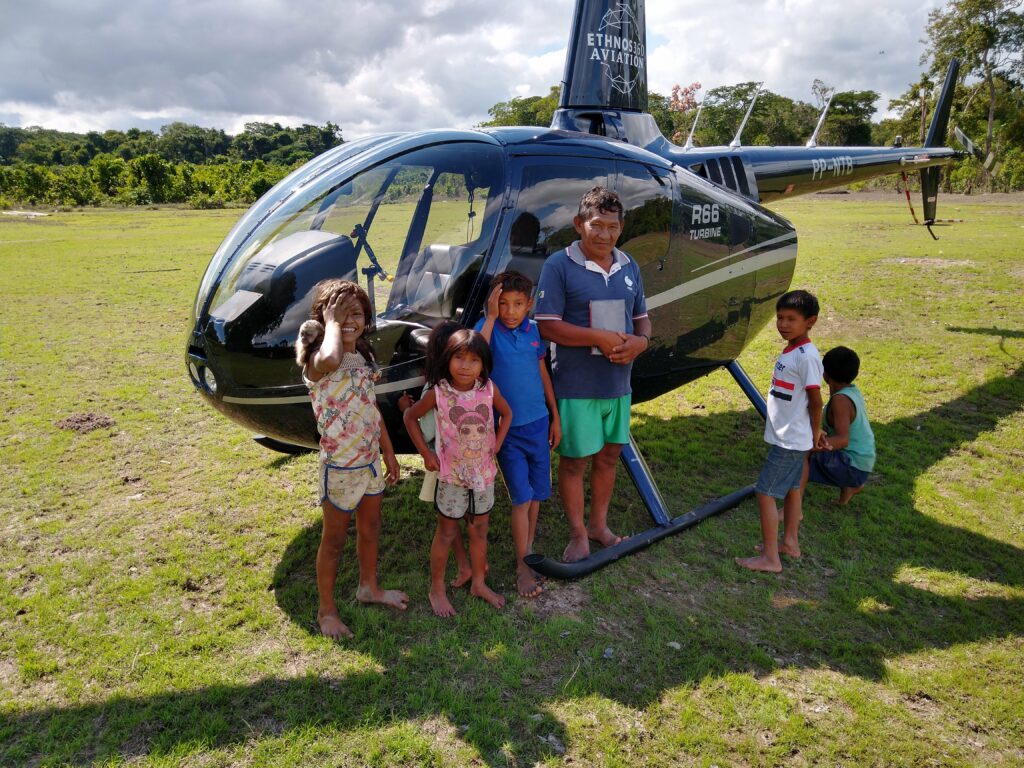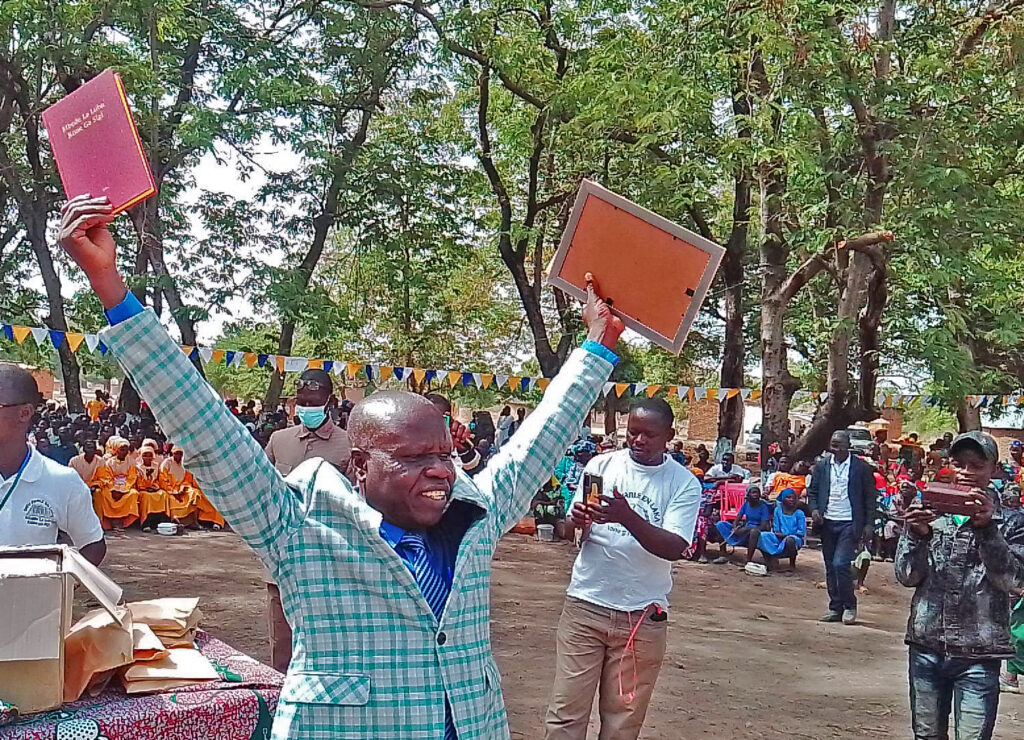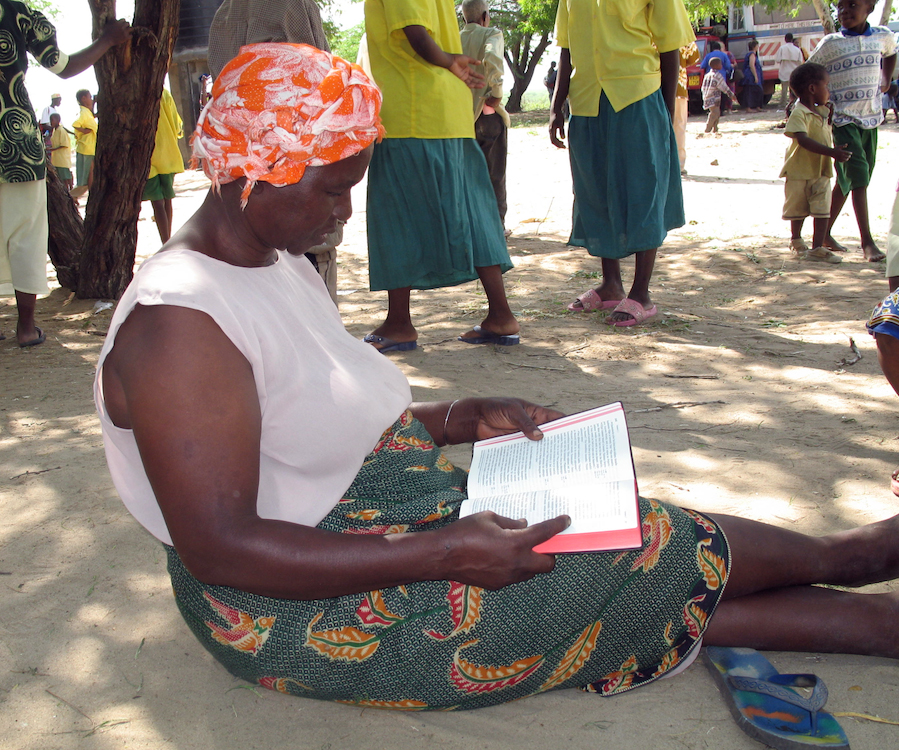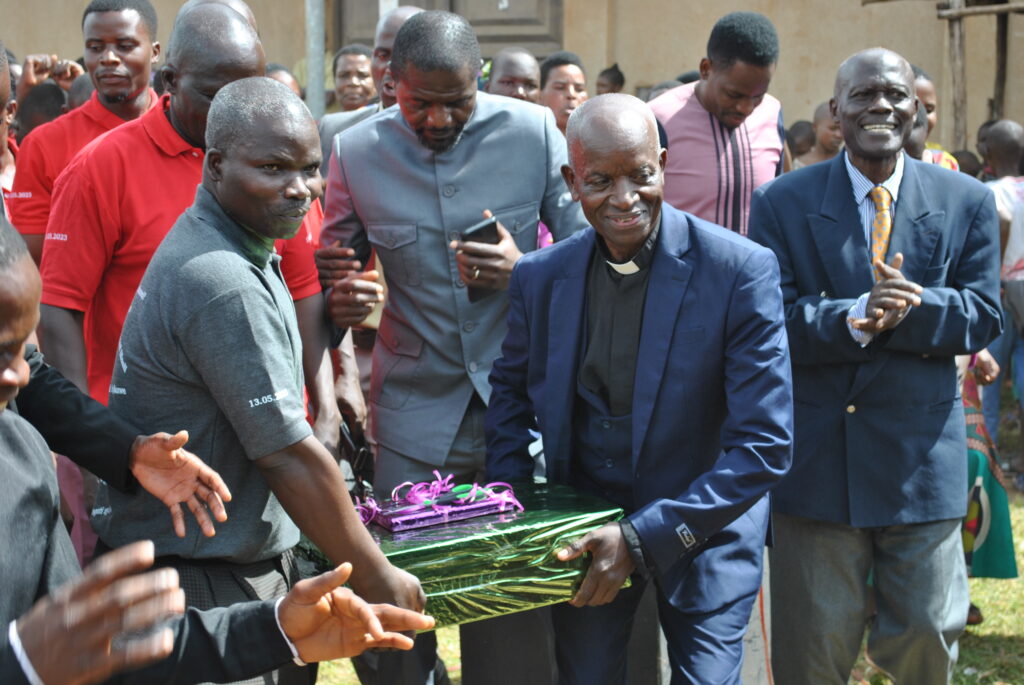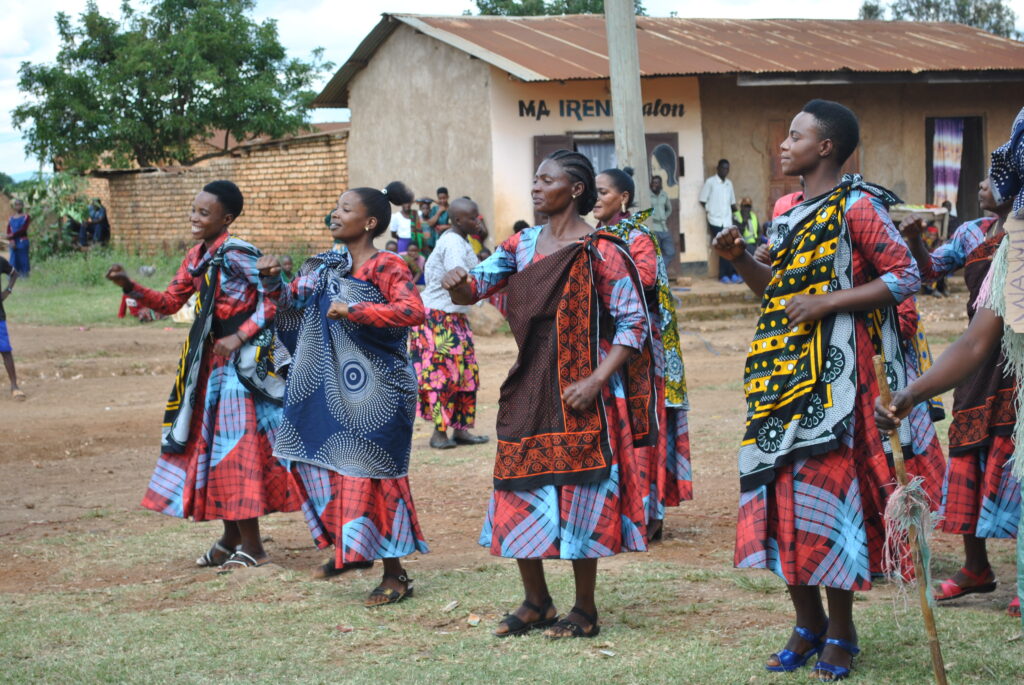On Your Mark, Set, Go!
How many Marks does it take to get a new helicopter like the Robinson R66 up and running in Cameroon?
First, there’s Mark Sjoblom who’s in charge of the R66 project at JAARS, then Mark Lambert the shipping coordinator in Cameroon and Mark Spangler the pilot in Cameroon who will fly the R66. And, finally, Mark Robinson, a stateside R66 instructor pilot, who joined Jeff Johnson, the JAARS instructor pilot, to help with the checkout in the R66. These are just some of the members of the huge team that has worked to get us ready to begin R66 operations in Cameroon. The road has been long, so we are excited that the time has come for this helicopter to begin serving here.

For the last nine years our little red Robinson R44 helicopter has flown around Cameroon bringing hope and healing. Whether saving days of walking or saving someone’s life, or bringing needed supplies or children to school, the R44 has worked hard helping to take God’s Word to the ends of the earth. But just as Cinderella’s coach was on a strict schedule and turned into a pumpkin at midnight, the time has come and gone for our R44. It must have a mandated major overhaul that is beyond our capacity here in Cameroon so we retired it in November 2017. It will return to the States for an overhaul by mechanics at JAARS. Then … who knows what form of service lies ahead for the little red helicopter that has served us so well?
With the R44 retiring, the choice for its replacement was an R66. Made by the same Robinson Helicopter Company, the R66 is bigger, stronger, and faster. It has one more seat, flies 10 knots faster and will carry 200 pounds more than its predecessor. Another benefit: Unlike the R44, this helicopter uses jet fuel, which can be purchased in Cameroon. No more shipping fuel from the US!

The decision to replace the R44 with an R66 was just the first step. Our team completed many other tasks: raising funds, coordinating the project, managing the details and finances, finding a machine that would meet the needs, performing a pre-purchase inspection, completing the purchase, executing several modifications to make it more suitable for service in Cameroon, disassembling, crating, shipping, getting customs cleared, reassembling and testing, executing flight checks, and accomplishing necessary training. A lot of technical aspects go into getting a helicopter operational! But the most important team members will probably never touch this helicopter—the prayer supporters who hold everything together!
Postscript: The R66 is now operational and making service flights in Cameroon. Watch a video of aviation mechanics from JAARS and SIL Cameroon Aviation reassembling the R66, or read more about its first flights here.


















